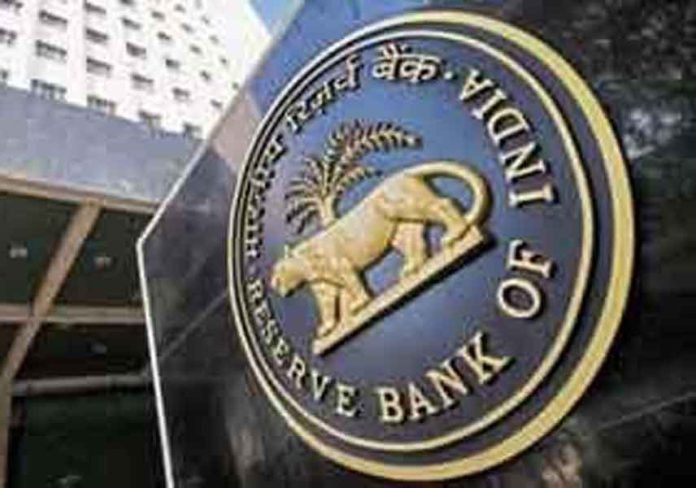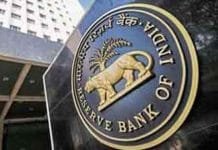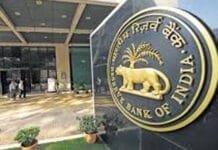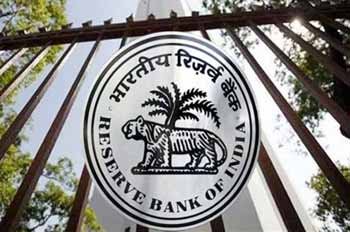The Reserve Bank of India (RBI) is expected to maintain the benchmark repo rate at 6.50% in its upcoming Monetary Policy Committee (MPC) meeting scheduled for next week.
The decision, according to economists, reflects a “wait-and-watch approach” amid sticky inflation, volatile crude oil prices, and global monetary tightening.
If confirmed, this would mark the seventh consecutive policy meeting where the RBI has kept rates unchanged — a signal that India’s central bank is prioritizing stability over stimulus as it navigates through mixed economic signals.
🧮 A Balancing Act Between Growth and Inflation
Since February 2023, the RBI has kept the repo rate steady at 6.50%, following an aggressive 250 basis-point hike cycle aimed at cooling inflation that surged post-pandemic.
While price pressures have eased from the 7% peaks seen last year, inflation remains above the RBI’s comfort zone of 4% ± 2%.
The latest data from the National Statistical Office (NSO) shows retail inflation at 5.3% in September 2025, slightly down from August’s 5.6%, but still driven by high food and fuel prices.
Economists believe this persistence leaves little room for rate cuts.
“RBI will likely maintain the status quo. Inflation has moderated, but not enough to declare victory,” said Dr. Radhika Rao, Senior Economist at DBS Bank.
“The central bank will prefer to hold policy steady until clearer signals emerge on global crude trends and monsoon recovery.”
🌾 Food Prices and Weather Concerns Weigh Heavily
One of the RBI’s biggest headaches continues to be food inflation, which spiked after erratic monsoon rains disrupted crop yields.
Vegetable and cereal prices remain volatile, with wholesale onion prices tripling since August — a politically sensitive issue as key state elections approach.
The central bank’s latest bulletin warned that “food price shocks may prolong disinflation”, indicating that rate cuts are unlikely in the near term.
“The key risk remains weather-related food inflation. The government’s buffer stock release has helped, but supply disruptions persist,” noted Sonal Varma, Chief Economist at Nomura India.
🌍 Global Backdrop: Uncertain and Uneasy
Globally, central banks are walking a similar tightrope.
The U.S. Federal Reserve recently signaled it would keep rates higher for longer, while the European Central Bank paused its hikes amid weak growth.
Rising geopolitical tensions in the Middle East and continued oil market volatility have further complicated policy outlooks.
Crude oil prices briefly touched $98 per barrel earlier this month — a worrying sign for India, which imports over 85% of its oil needs.
“External shocks like oil prices or global rate hikes could spill over into India’s inflation path,” said Madan Sabnavis, Chief Economist, Bank of Baroda.
“RBI will want to preserve buffers rather than take premature easing decisions.”
📉 Growth Outlook: Steady But Cautious
Despite inflationary pressures, India’s GDP growth remains resilient, driven by robust manufacturing and government capex.
The RBI’s internal models project FY26 GDP growth at 7.1%, slightly above the IMF’s 6.8% estimate.
Private consumption, however, has shown signs of fatigue, with rural demand still lagging.
Auto and FMCG data suggest consumers are tightening discretionary spending, especially in semi-urban markets.
“Growth is holding up, but the recovery is uneven. Until private consumption rebounds, RBI will tread carefully,” said Saugata Bhattacharya, Chief Economist, Axis Bank.
💬 What Market Experts Are Saying
The bond and equity markets have largely priced in an unchanged policy.
The 10-year government bond yield held steady at 7.22%, while the Sensex gained modestly on expectations of a policy pause.
Banking sector analysts also expect no immediate impact on lending rates, though liquidity management remains tight due to festive demand for cash.
“We don’t expect any repo hike or cut this time. The tone will be neutral to slightly hawkish,” said Rohit Arora, Market Strategist, HDFC Securities.
“Liquidity injections through open market operations could ease short-term pressures.”
🗣️ RBI Governor’s Likely Message
RBI Governor is expected to maintain his characteristic cautious optimism in the post-policy press briefing.
Sources close to the central bank indicate that Das may emphasize the need to “anchor inflation expectations while supporting growth momentum,” reaffirming the RBI’s commitment to data-driven decisions.
“We are not looking for immediate rate cuts. The focus remains on durable price stability,” Das reportedly told senior officials during an internal review meeting earlier this week.
🧩 The Road Ahead
Analysts forecast that the RBI may begin considering rate cuts by mid-2026, provided inflation remains under 5% for two consecutive quarters.
Until then, a neutral stance with targeted liquidity interventions appears to be the strategy.
India’s macroeconomic fundamentals — strong forex reserves, stable rupee, and fiscal discipline — continue to support the central bank’s cautious approach.
“Patience is the new policy tool,” quipped Ananth Narayan, Senior Fellow at NCAER.
“RBI’s restraint today is what ensures stability tomorrow.”
🏁 Conclusion
As the world’s fifth-largest economy faces uncertain global headwinds, the RBI’s steady hand remains its strongest asset.
A pause on the repo rate is not a sign of inaction — it’s a signal of prudence, reflecting India’s focus on long-term stability over short-term stimulus.
The next few quarters will reveal whether the RBI’s gamble on patience pays off — or whether inflation once again tests the limits of policy endurance.












